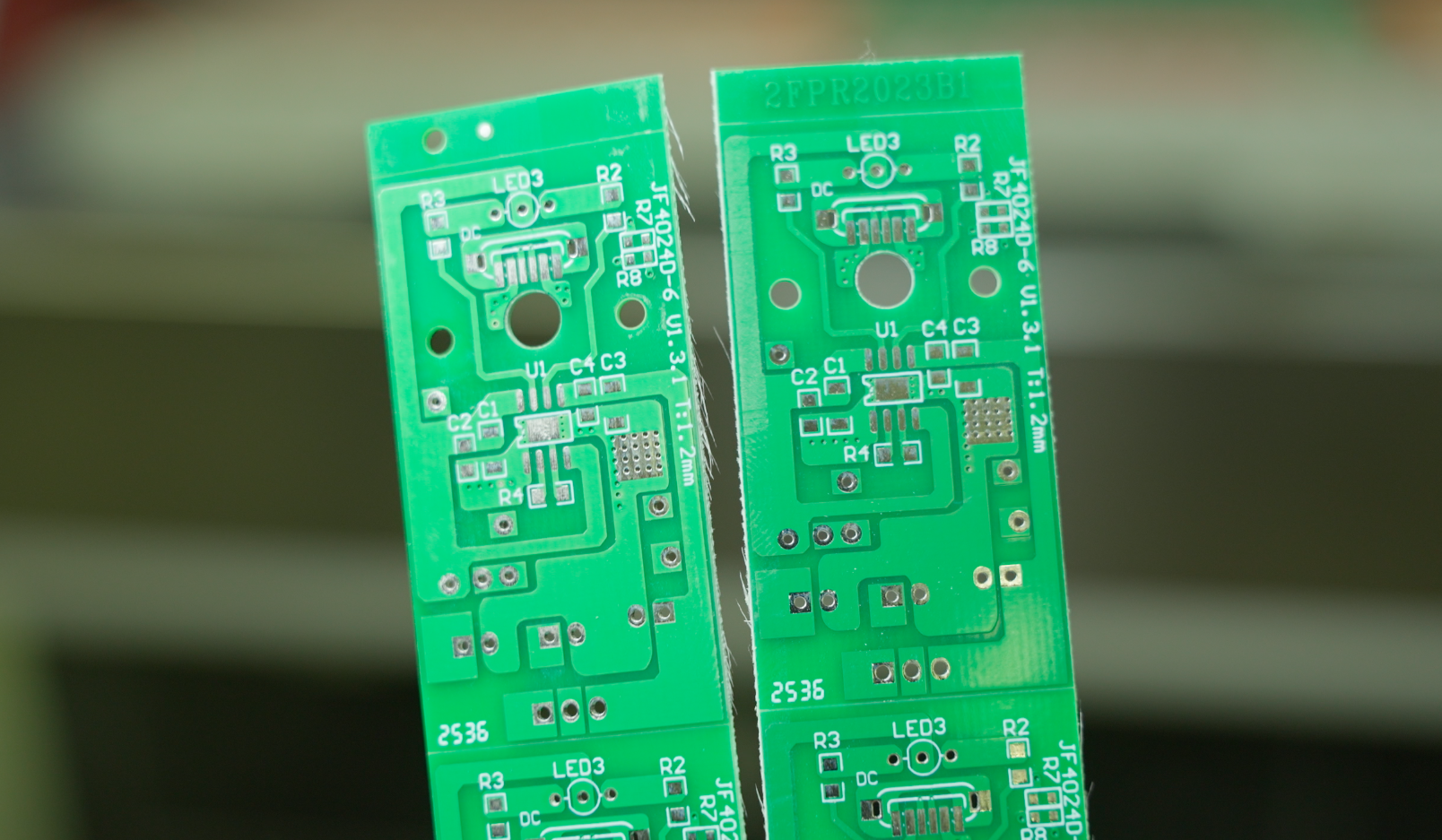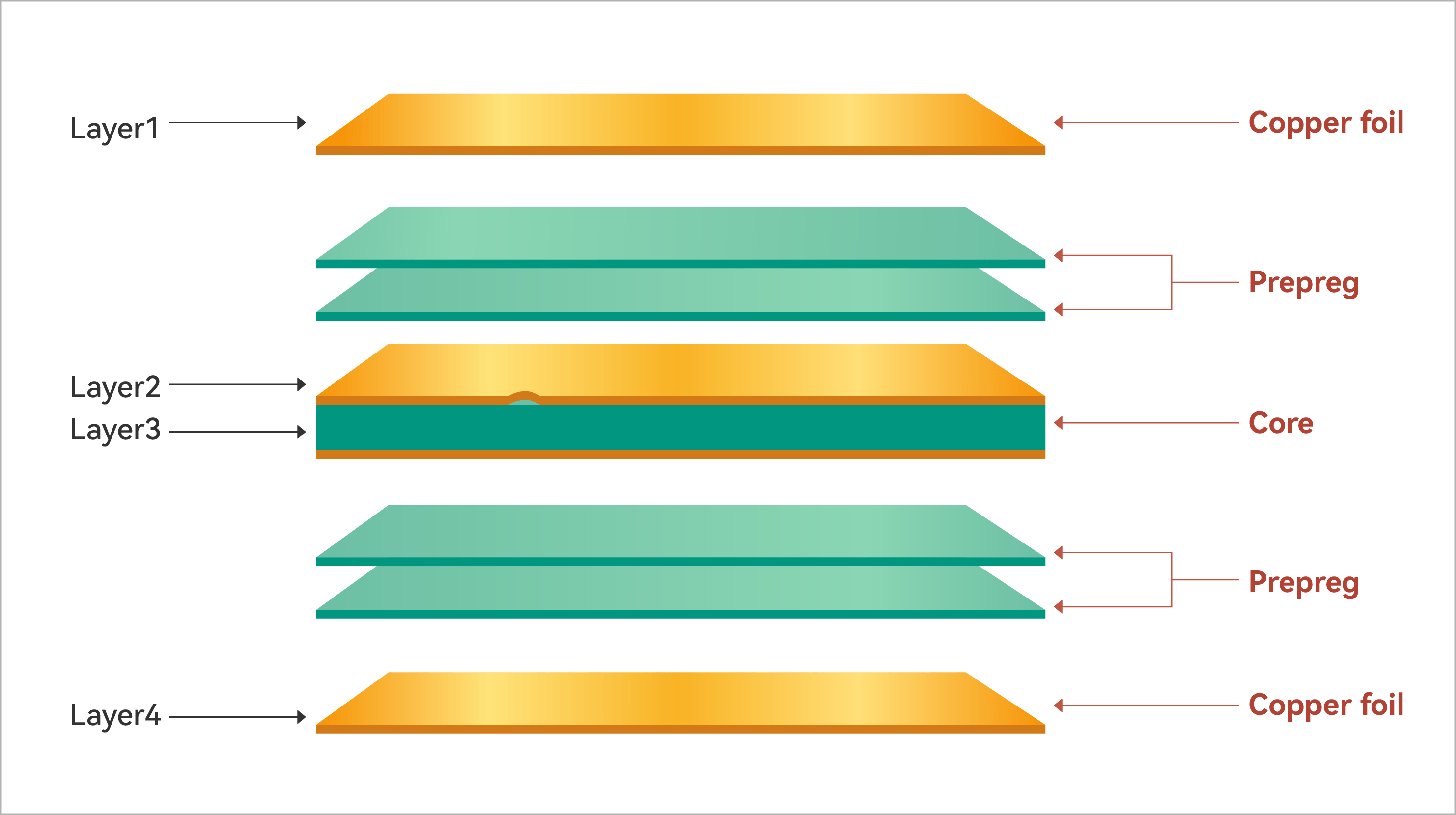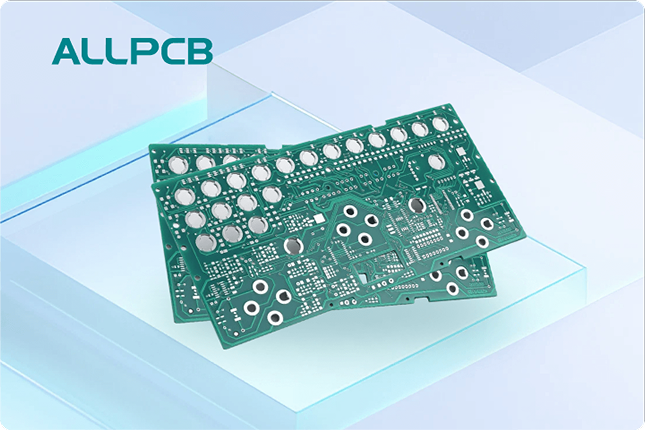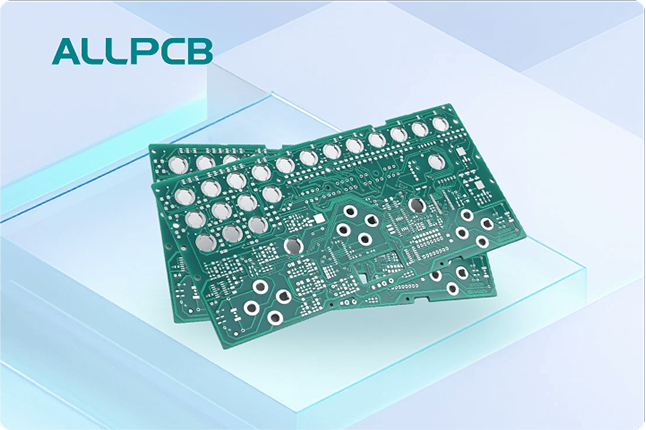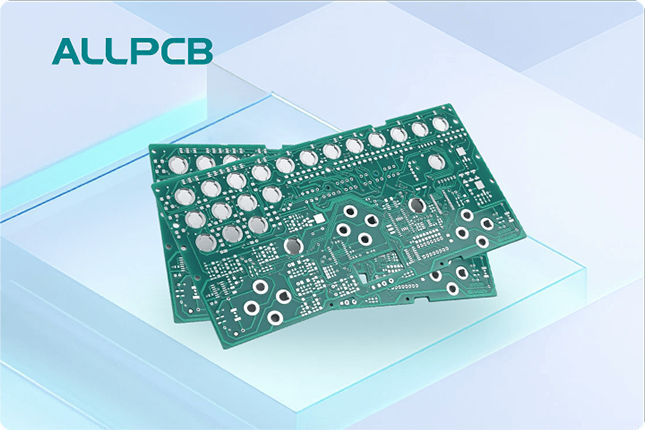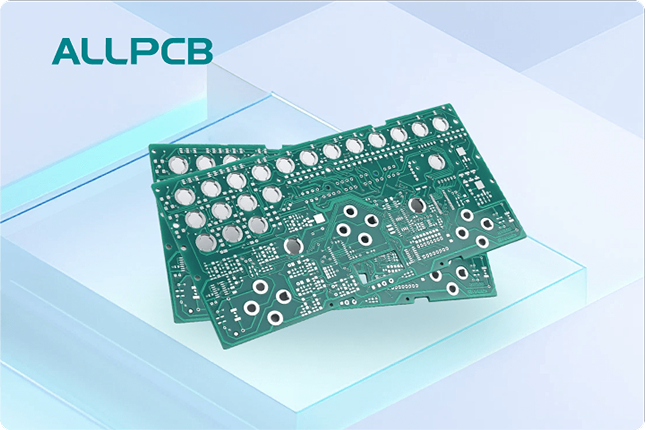In the fast-evolving world of electronics, sustainability is no longer just a buzzword—it’s a necessity. Traditional PCB materials like FR-4 have long been the industry standard due to their durability and performance. However, their environmental impact, including non-biodegradability and toxic waste, has pushed the industry to seek greener alternatives. Biodegradable PCB substrates and alternative materials are emerging as promising solutions for eco-friendly PCB design and sustainable PCB manufacturing. In this blog, we’ll dive deep into why moving beyond FR-4 matters, explore innovative FR-4 alternatives, and highlight how these materials are shaping the future of electronics.
Why Move Beyond FR-4 for Sustainable PCB Manufacturing?
FR-4, a composite material made of woven fiberglass and epoxy resin, has been the backbone of printed circuit boards (PCBs) for decades. It offers excellent thermal stability, mechanical strength, and electrical insulation, making it ideal for a wide range of applications. However, its environmental drawbacks are hard to ignore. FR-4 is not biodegradable, meaning it contributes significantly to electronic waste (e-waste), which is growing at an alarming rate. According to the Global E-waste Monitor, the world generated 62 million metric tons of e-waste in 2022, with only a fraction being recycled properly.
Additionally, the production of FR-4 often involves halogenated flame retardants, which can release toxic substances during manufacturing or disposal. These factors have driven the need for alternative PCB materials that align with eco-friendly PCB design principles. Biodegradable PCB substrates offer a way to reduce environmental impact while maintaining performance, making them a key focus for sustainable PCB manufacturing.
What Are Biodegradable PCB Substrates?
Biodegradable PCB substrates are materials designed to break down naturally over time, reducing the long-term environmental footprint of electronics. Unlike FR-4, which persists in landfills for centuries, these substrates can decompose through biological processes, often leaving behind minimal or non-toxic residue. They are typically made from natural or bio-based materials such as plant fibers, cellulose, or biopolymers, which are renewable and less harmful to the environment.
One standout example in the industry is a fully recyclable PCB substrate that uses water-soluble materials. This innovation allows the board to dissolve in water, leaving behind components that can be reused or recycled. Such advancements not only tackle e-waste but also support a circular economy by enabling material recovery. Studies have shown that adopting biodegradable substrates can reduce carbon emissions during disposal by up to 60%, a significant step toward net-zero goals.
While performance is a concern with biodegradable materials, ongoing research is improving their thermal and mechanical properties to match or approach those of traditional materials. For instance, some biodegradable substrates now achieve dielectric constants similar to FR-4 (around 4.5 at 1 MHz), ensuring they can handle signal integrity for many applications.
Key Benefits of Biodegradable PCB Substrates for Eco-Friendly PCB Design
Switching to biodegradable PCB substrates offers multiple advantages for manufacturers and the environment. Here are some of the most impactful benefits:
- Reduced E-Waste: With e-waste becoming a global crisis, biodegradable materials help minimize landfill contributions by breaking down naturally. This is especially crucial for short-lifecycle devices like disposable sensors or single-use medical electronics.
- Lower Carbon Footprint: The production and disposal of biodegradable substrates often emit fewer greenhouse gases compared to traditional materials. This aligns with global efforts to achieve sustainability in electronics manufacturing.
- Biocompatibility: For applications like wearable or implantable medical devices, biodegradable substrates are often more compatible with the human body, reducing risks associated with long-term exposure.
- Support for Circular Economy: Many biodegradable and recyclable substrates allow for component recovery, enabling reuse and reducing the need for raw material extraction.
These benefits make biodegradable PCB substrates a compelling choice for industries aiming to adopt eco-friendly PCB design practices while meeting consumer demand for sustainable products.
Alternative PCB Materials as FR-4 Alternatives
Beyond biodegradable substrates, several alternative PCB materials are gaining traction as FR-4 alternatives. These materials prioritize sustainability without compromising performance. Let’s explore some of the most promising options:
1. Plant-Based Fibers and Composites
Plant-based fibers, such as flax or hemp, are being used to create composite materials for PCB substrates. These fibers replace the fiberglass in FR-4, offering a renewable and biodegradable base. While they may not yet match FR-4’s mechanical strength (typically around 300 MPa tensile strength for FR-4), they are suitable for low-stress applications like consumer electronics. Their dielectric properties, often around 3.5 to 4.0 at 1 MHz, also support adequate signal performance for many designs.
2. Halogen-Free Polymers
Halogen-free polymers are another eco-friendly alternative that eliminates the toxic flame retardants found in traditional FR-4. These materials maintain good thermal stability (up to 130°C) and electrical insulation, making them viable for a range of applications. They are not always biodegradable but are a step toward safer manufacturing and disposal processes.
3. Cellulose-Based Materials
Cellulose, derived from wood pulp or other plant sources, is being explored as a biodegradable substrate. Recent innovations have improved its structural integrity, with some cellulose-based boards achieving thermal conductivity comparable to FR-4 (around 0.25 W/mK). These materials are particularly promising for flexible electronics, such as wearable devices.
Challenges in Adopting Biodegradable and Alternative PCB Materials
While the potential of biodegradable PCB substrates and other FR-4 alternatives is undeniable, several challenges remain in their widespread adoption for sustainable PCB manufacturing. Understanding these hurdles is key to appreciating the current state of the technology and its future trajectory.
- Performance Limitations: Many biodegradable materials struggle to match FR-4’s thermal resistance (up to 140°C) and mechanical durability. For high-performance applications like aerospace or automotive electronics, these alternatives may not yet be suitable.
- Cost of Production: Developing and processing biodegradable substrates can be more expensive than traditional materials. Scaling up production and optimizing manufacturing processes are essential to make these options cost-competitive.
- Manufacturing Compatibility: Current PCB fabrication equipment and processes are optimized for FR-4. Adapting to new materials may require significant investment in tooling and training.
- Limited Availability: Biodegradable and alternative materials are not yet widely available in the market, which can slow down adoption by smaller manufacturers or startups.
Despite these challenges, ongoing research and industry collaboration are steadily addressing these issues, paving the way for broader use of eco-friendly materials in electronics.
Applications of Biodegradable PCB Substrates in Modern Electronics
Biodegradable PCB substrates are finding their place in various innovative applications, particularly where sustainability and short-term use are priorities. Here are some key areas where they are making an impact:
- Wearable Electronics: Devices like fitness trackers and smart clothing benefit from flexible, biodegradable materials that reduce environmental impact after disposal.
- Medical Devices: Implantable devices such as pacemakers or temporary sensors can use biocompatible substrates that degrade harmlessly in the body, eliminating the need for surgical removal.
- Disposable Electronics: Single-use sensors for environmental monitoring or medical diagnostics are ideal candidates for biodegradable PCBs, as they minimize waste in high-turnover applications.
These applications highlight the versatility of biodegradable materials and their potential to transform eco-friendly PCB design across industries.
The Future of Sustainable PCB Manufacturing
The shift toward biodegradable PCB substrates and alternative PCB materials is just the beginning of a larger movement in sustainable PCB manufacturing. As technology advances, we can expect several trends to shape the future:
- Improved Material Properties: Research is focused on enhancing the thermal, mechanical, and electrical performance of biodegradable substrates to rival or exceed FR-4. For example, achieving dielectric constants closer to 4.5 and thermal stability above 150°C could open up high-end applications.
- Scalable Production: As demand grows, manufacturers are likely to invest in large-scale production of eco-friendly materials, driving down costs and improving accessibility.
- Regulatory Support: Governments worldwide are implementing stricter e-waste regulations, which will encourage the adoption of sustainable materials in electronics.
The electronics industry is at a turning point, and embracing biodegradable and alternative materials is a critical step toward a greener future. By prioritizing eco-friendly PCB design, manufacturers can reduce their environmental impact while meeting the growing demand for sustainable products.
How to Get Started with Biodegradable PCB Substrates
For engineers and manufacturers looking to explore biodegradable PCB substrates, the first step is to evaluate the specific requirements of your project. Consider factors like thermal performance, mechanical stress, and cost constraints. Partnering with material suppliers and PCB fabrication experts can help you identify the best FR-4 alternatives for your needs.
Start with low-risk applications, such as prototypes or consumer products, to test the performance of biodegradable materials. Monitor advancements in the field, as new materials and processes are being developed rapidly. By staying informed and experimenting with sustainable options, you can position your designs at the forefront of eco-friendly innovation.
Conclusion: Embracing Eco-Friendly PCB Design for a Sustainable Tomorrow
The journey beyond FR-4 is not just about replacing a material—it’s about reimagining the future of electronics with sustainability at its core. Biodegradable PCB substrates and alternative PCB materials offer a path to reduce e-waste, lower carbon footprints, and support a circular economy. While challenges like performance and cost remain, the rapid pace of innovation in sustainable PCB manufacturing is closing these gaps.
At ALLPCB, we’re committed to supporting engineers and manufacturers in adopting eco-friendly PCB design practices. Whether you’re exploring biodegradable substrates or other FR-4 alternatives, we’re here to provide the resources and expertise you need to create greener electronics. Together, we can build a future where technology and sustainability go hand in hand.
 ALLPCB
ALLPCB


